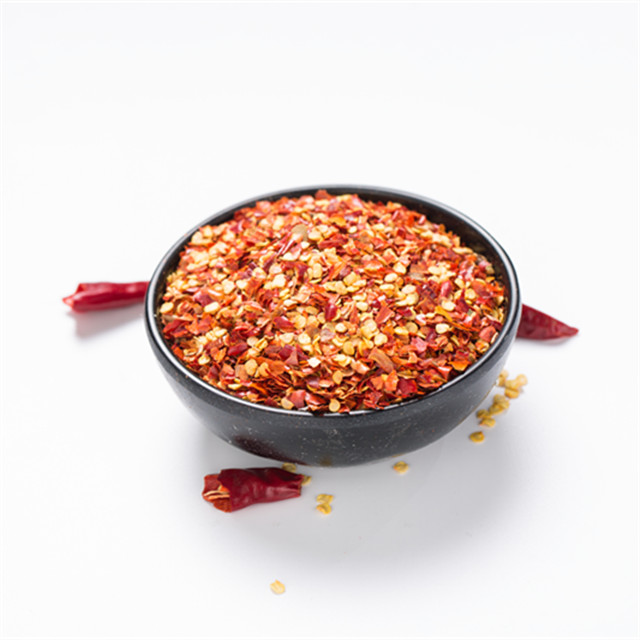The Role of Additives in Cement Mortar Enhancing Performance and Durability
Cement mortar has been a fundamental material in construction, serving as a binding agent in masonry, plastering, and rendering. Traditionally composed of cement, water, and sand, the performance of cement mortar can vary significantly based on the proportions and quality of these ingredients. However, with the introduction of various additives, it is possible to enhance the properties of cement mortar, improving its performance, durability, and ease of application. This article explores the significance of cement mortar additives and their impact on construction practices.
Types of Additives
Cement mortar additives can be broadly categorized into two groups chemical additives and mineral additives.
1. Chemical Additives These are substances added in small amounts to modify the chemical and physical properties of the mortar. Common chemical additives include plasticizers, superplasticizers, retarders, accelerators, air-entraining agents, and water-reducing agents. - Plasticizers improve the workability of the mortar, allowing for easier mixing and application without increasing the water-cement ratio. - Superplasticizers are employed to enhance flowability, particularly important in achieving dense and uniform applications in precast concrete. - Retarders slow down the setting time, which is particularly useful in hot weather conditions, allowing for extended working times. - Accelerators speed up the curing process, enabling faster construction cycles. - Air-entraining agents introduce microscopic air bubbles into the mix, improving the freeze-thaw resistance of the mortar and enhancing its durability.
2. Mineral Additives These include materials that are derived from natural or industrial products. Common mineral additives are fly ash, silica fume, and ground granulated blast-furnace slag (GGBS). - Fly Ash enhances the workability and cohesiveness of the mortar while improving its long-term strength and resistance to chemical attack. - Silica Fume is known for its ability to significantly increase the compressive strength and durability of the mortar, thanks to its tiny particle size and high silica content. - GGBS not only reduces heat evolution during hydration but also contributes to sustainability by recycling industrial by-products.
cement mortar additive

Benefits of Using Additives
The incorporation of additives into cement mortar brings multiple benefits. Firstly, improved workability leads to a smoother application process, allowing for more precise control during construction. This is particularly advantageous when dealing with intricate masonry or plastering tasks, where the quality of finish is paramount.
Secondly, using additives can enhance the mechanical properties of the mortar, resulting in stronger and more durable structures. This is crucial in maintaining the integrity of buildings over time, especially in regions prone to adverse weather conditions or seismic activity.
Furthermore, the sustainability aspect cannot be ignored. By using mineral additives like fly ash and GGBS, construction practices can mitigate the environmental impact of cement production, reducing carbon emissions and conserving natural resources.
Conclusion
Cement mortar additives play a vital role in modern construction, offering enhanced performance, durability, and sustainability. As the industry continues to evolve, the development of innovative additives will likely lead to even greater advancements in the properties of cement mortars, pushing the boundaries of construction possibilities. The effective use of these additives not only improves the quality of construction projects but also contributes to a sustainable future, making our built environment safer and more resilient. As such, understanding and utilizing cement mortar additives will remain an essential consideration for engineers, architects, and builders in their pursuit of excellence in construction.






